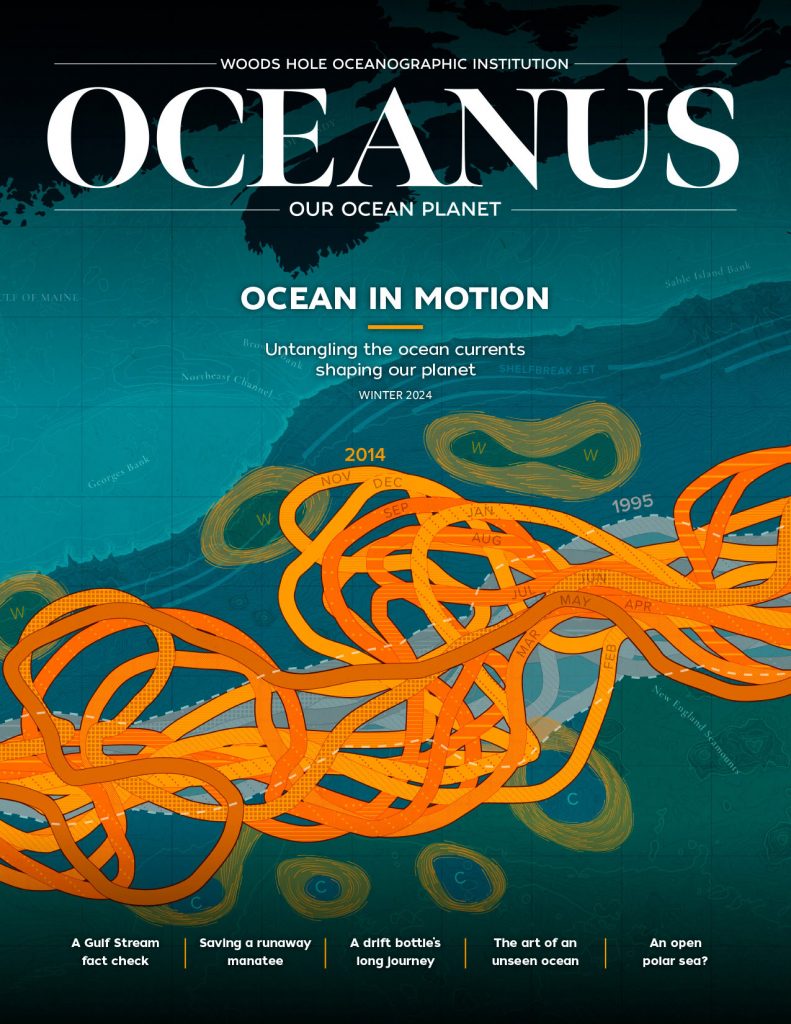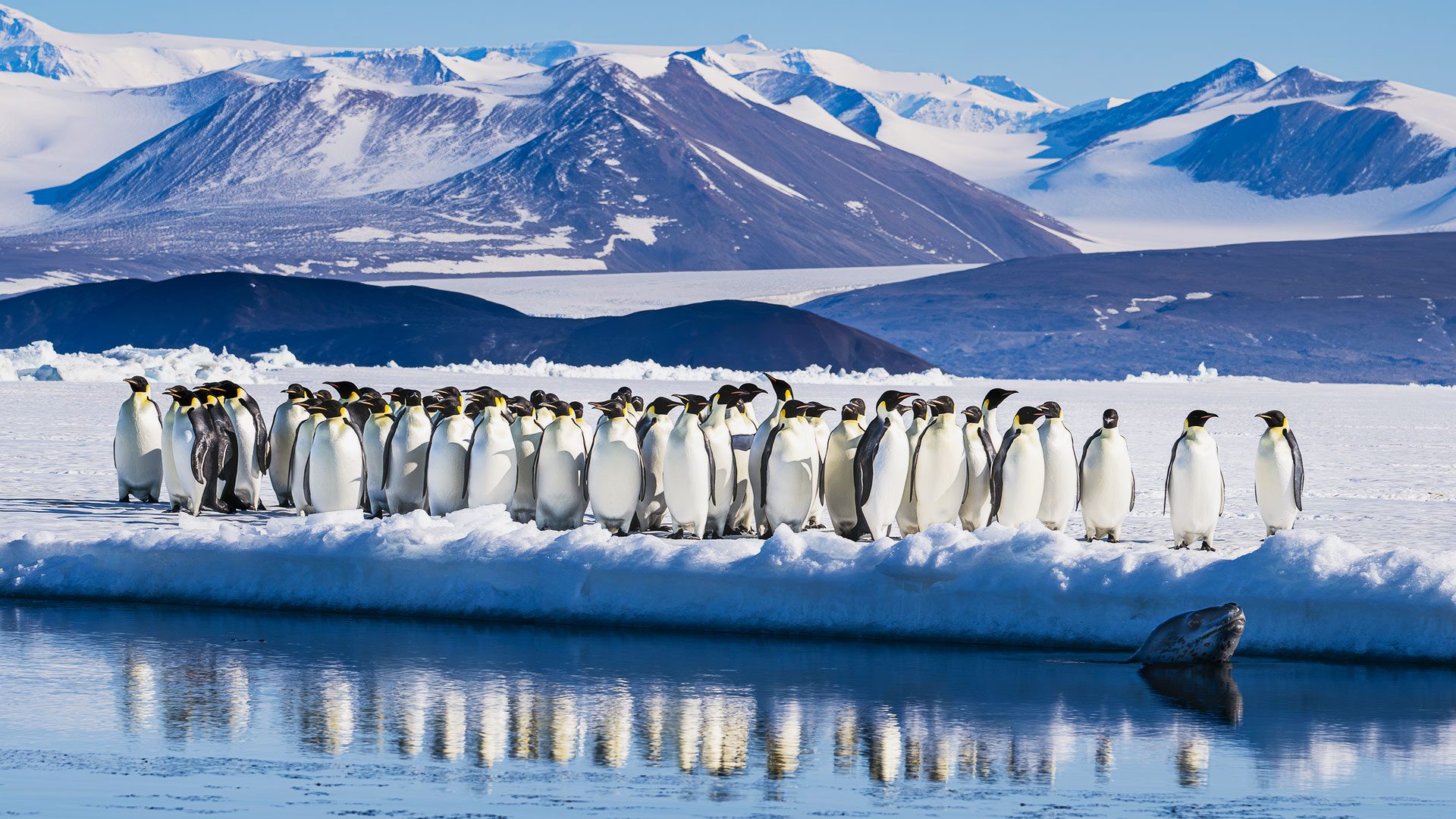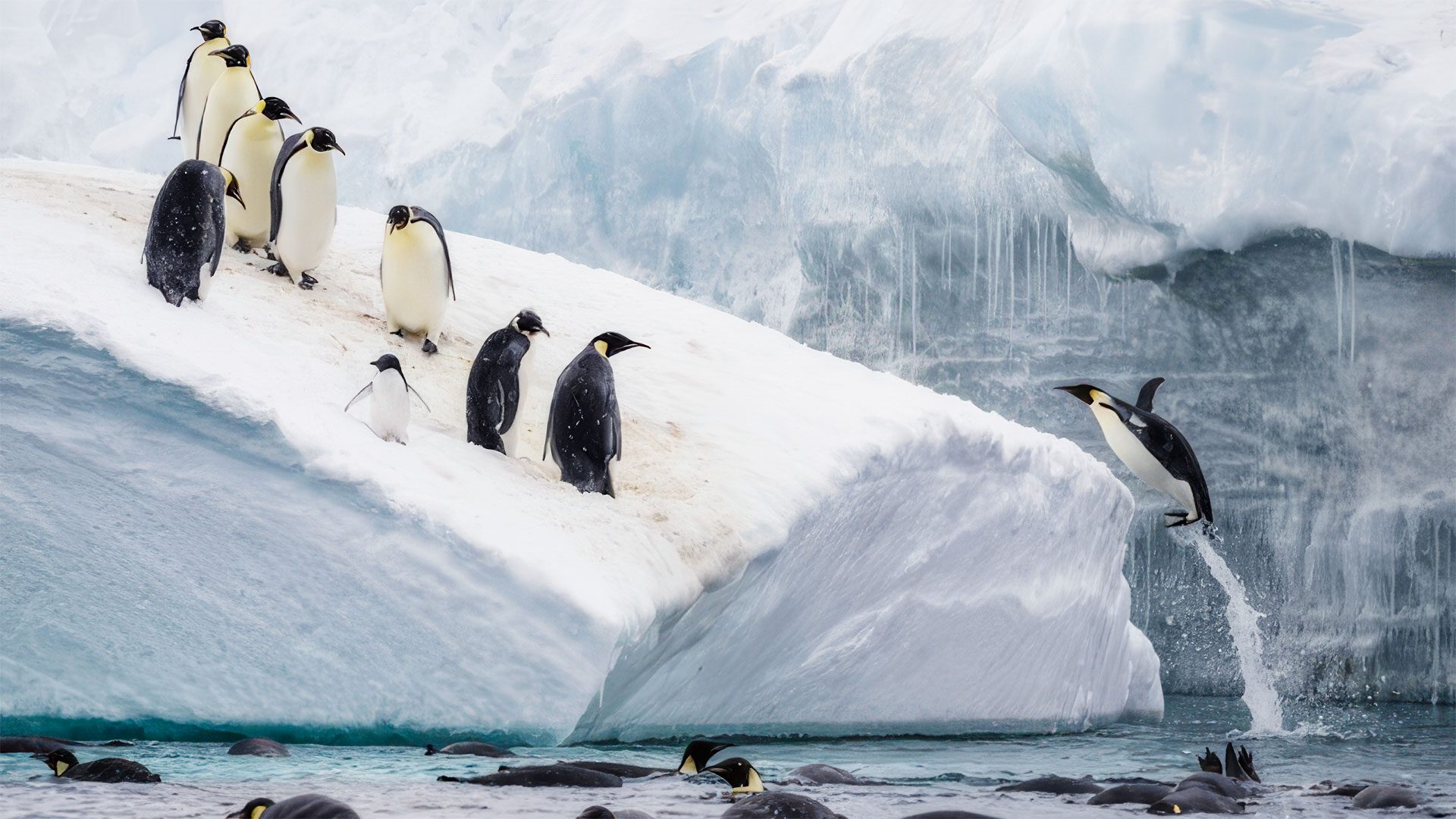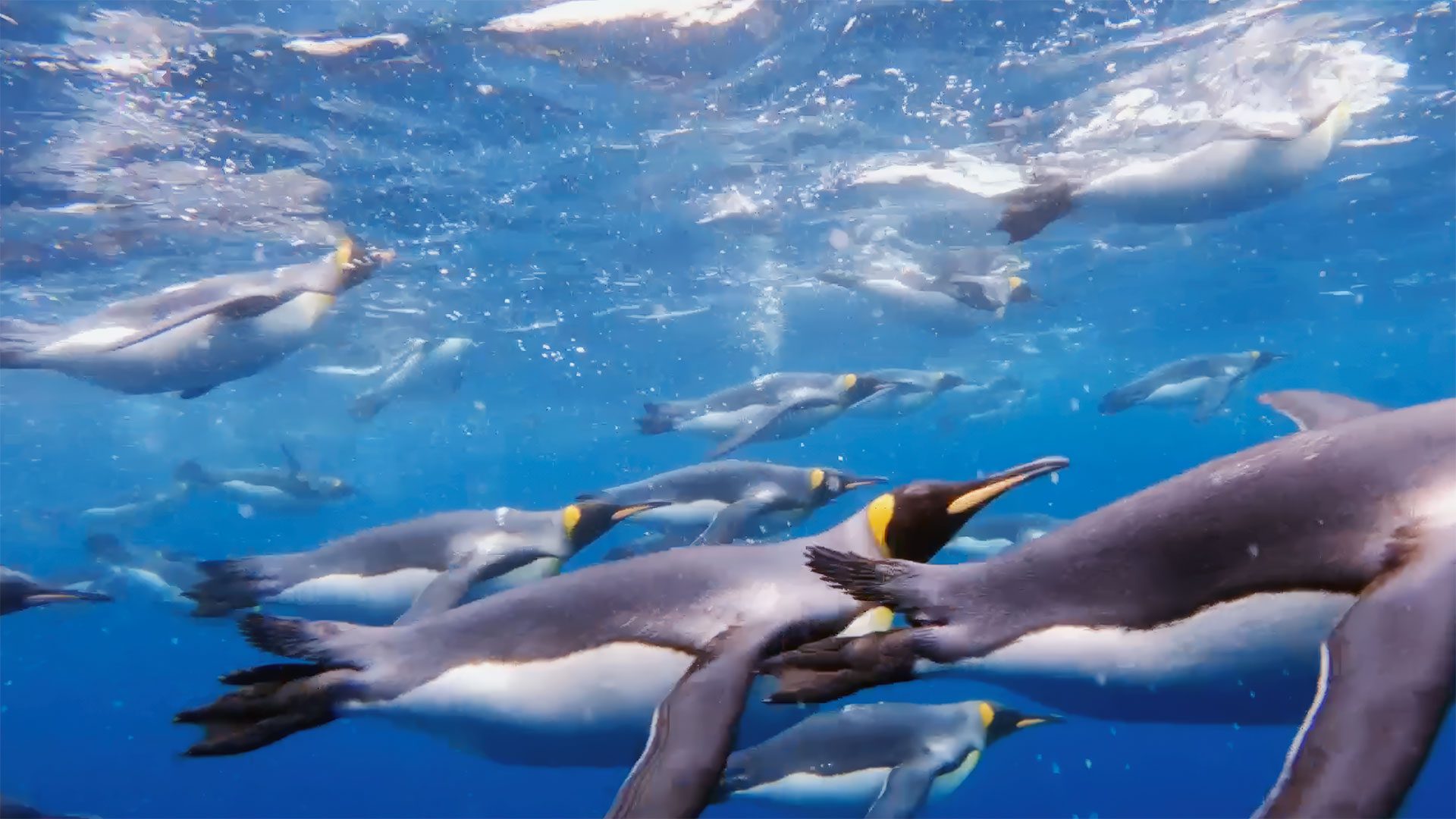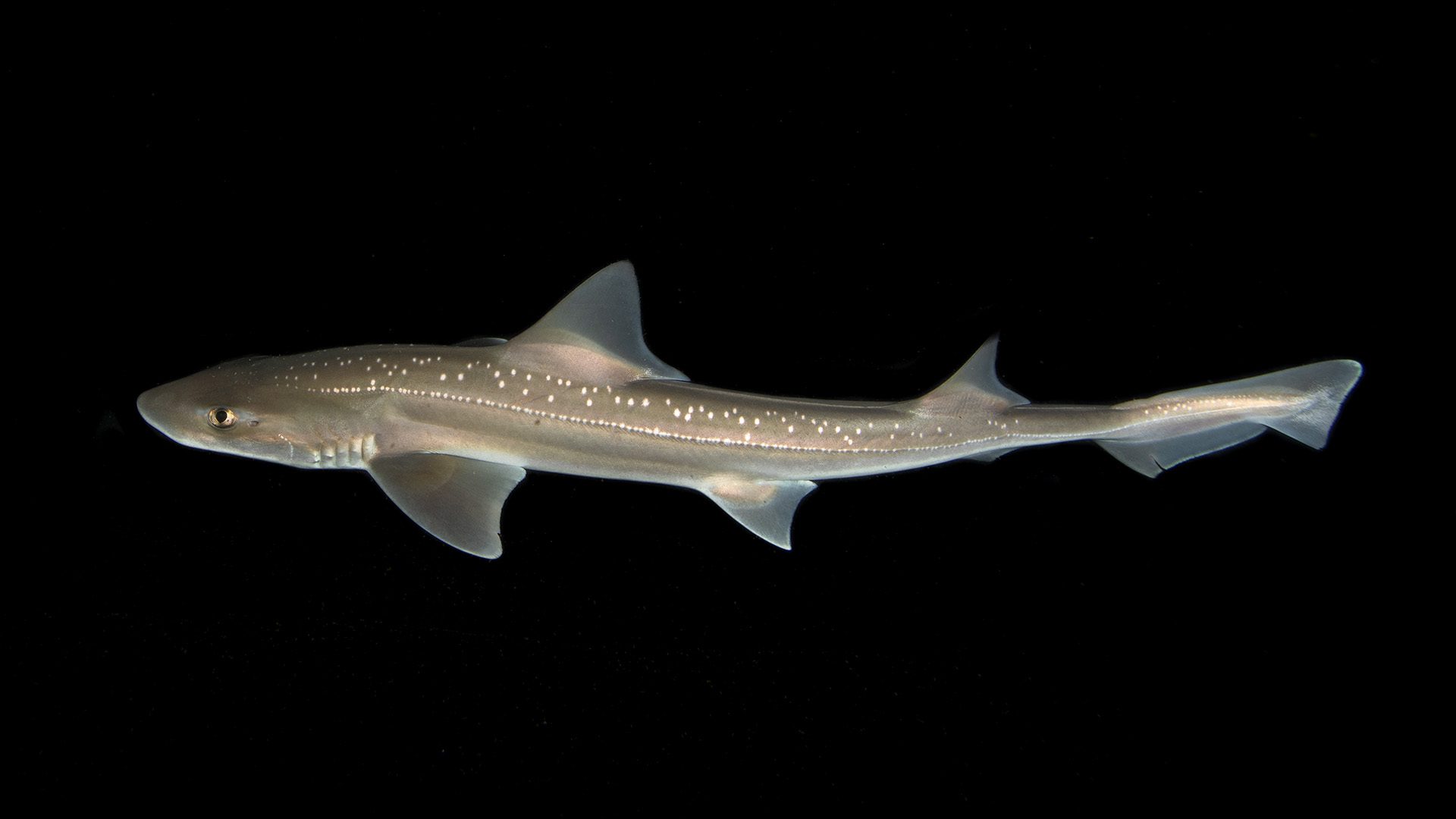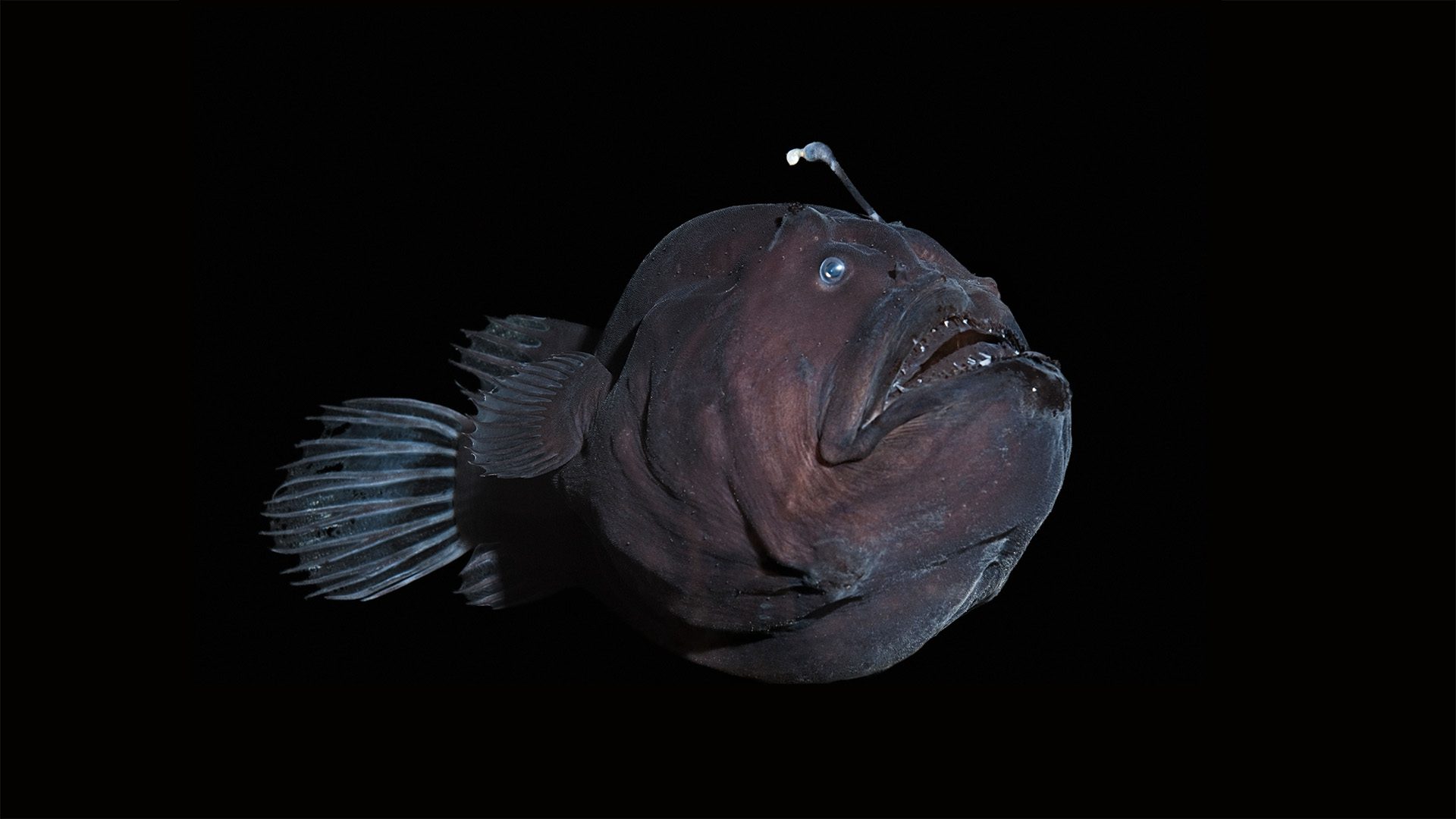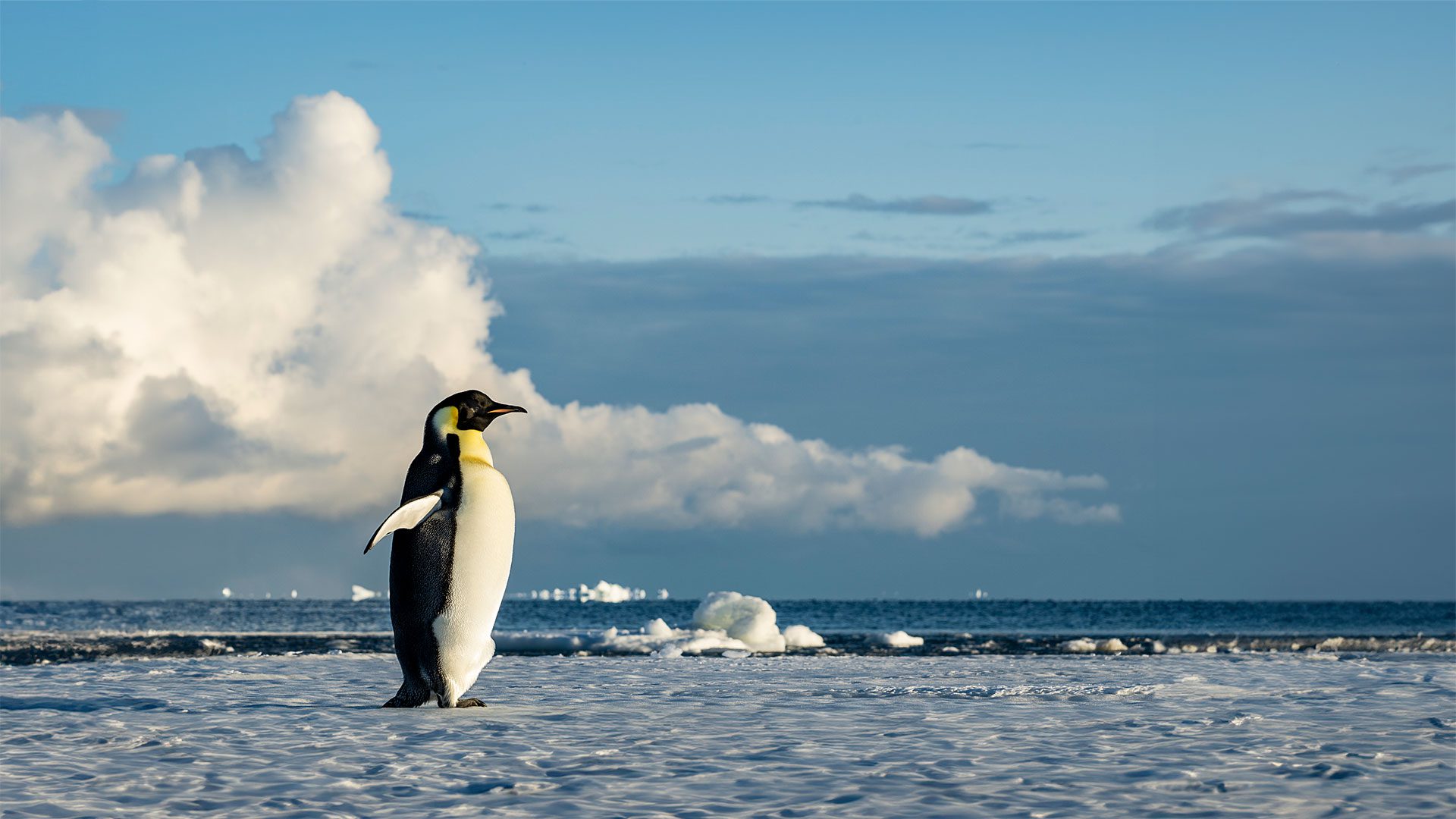
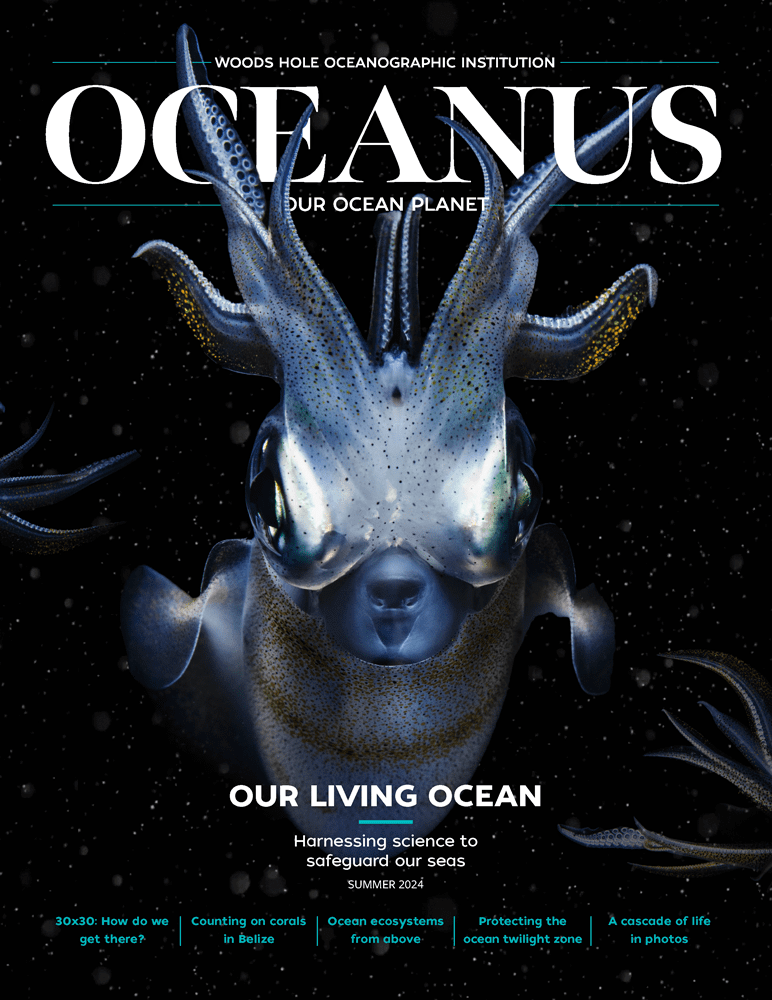 This article printed in Oceanus Summer 2024
This article printed in Oceanus Summer 2024
Estimated reading time: 1 minute
Emperor penguins are the world’s largest penguins. In Antarctica’s ice kingdom, these charismatic, flightless birds march along the front lines of climate change. Akin to polar bears in the Arctic, emperor penguins depend on thick sea ice for vital activities like breeding, feeding, and molting. Too little ice, or ice that breaks up too early, can be catastrophic.
In 2022, four colonies of emperor penguins experienced a tragic breeding loss when chicks fell through the ice and perished when it vanished under their feet. This year, the sea ice reached the second lowest minimum extent in the 46-year satellite record, according to the National Snow and Ice Data Center. Scientists estimate that without strong action on climate, emperor penguins may vanish entirely by 2100.
As the coldest and windiest continent on Earth, Antarctica is a challenging location for research. Six months of pure darkness and sub-zero temperatures limit the amount of time scientists can work there. Despite these challenges, WHOI researchers, along with international collaborators, have been studying emperor penguins in Antarctica for decades to understand and predict how penguins will respond to climate change and gain deeper insights into the their ecology.
"The collective will of the emperor penguins is my inspiration. Only together can penguins brave the harshest climate on Earth, and only together can we face a difficult climate future."
—Stephanie Jenouvrier, WHOI senior scientist
The work has played a pivotal role in the successful listing of the emperor penguin as a threatened species under the Endangered Species Act (ESA). This legal mandate gives government officials more power to regulate carbon emissions and ensure that their activities do not put the penguins’ survival at risk. It is a powerful example of how science leads the way for conservation of marine life.
Beyond the United States, this listing serves as a beacon for international allies to follow suit by providing legal protections for the species. WHOI scientists hope that it will spur a reevaluation of the emperor penguin’s status as vulnerable on the red list by the International Union for Conservation of Nature (IUCN).
